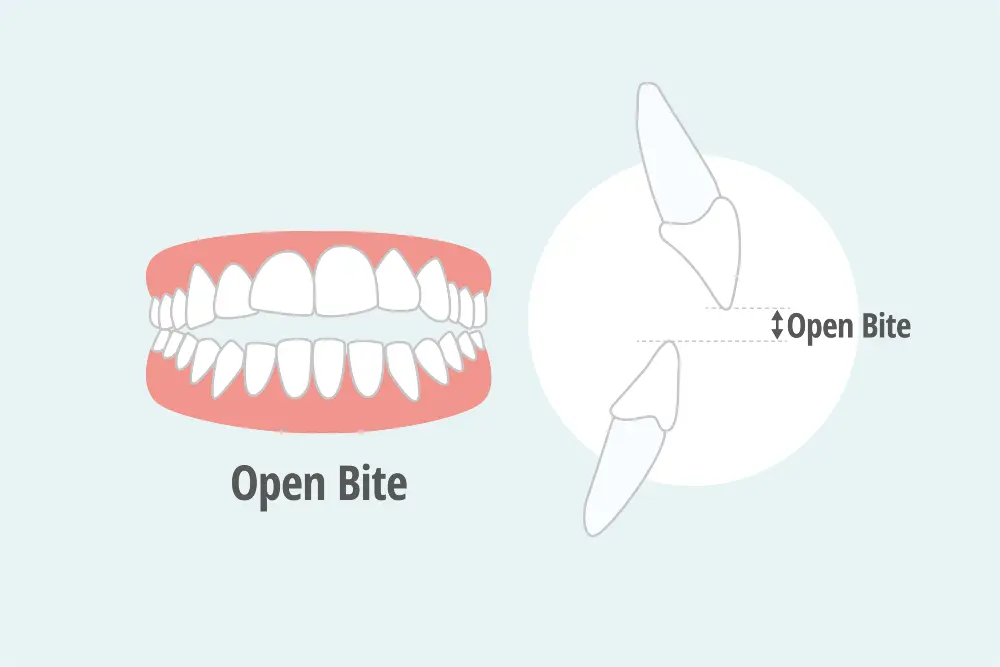
Fix Cross Bite with Clear Aligners – Fast & Comfortable
No braces. No metal. Just a confident smile. Discover how clear aligners can gently correct crowded teeth in as little as 6–18 months!

No braces. No metal. Just a confident smile. Discover how clear aligners can gently correct crowded teeth in as little as 6–18 months!

A crossbite occurs when one or more of the upper teeth bite inside the lower teeth, either on the front or sides. It can affect both the teeth and jaw alignment.
Correcting a crossbite often involves orthodontic treatment, like braces or clear aligners, to align the teeth and jaw properly.
Clear aligners can effectively fix an cross bite by gradually shifting the teeth into better alignment. Here’s how they work:
Clear aligners fix an cross bite by:
Treatment time varies, and severe cases may need additional interventions.
© 2025 Clear Moves Aligners All Rights Reserved